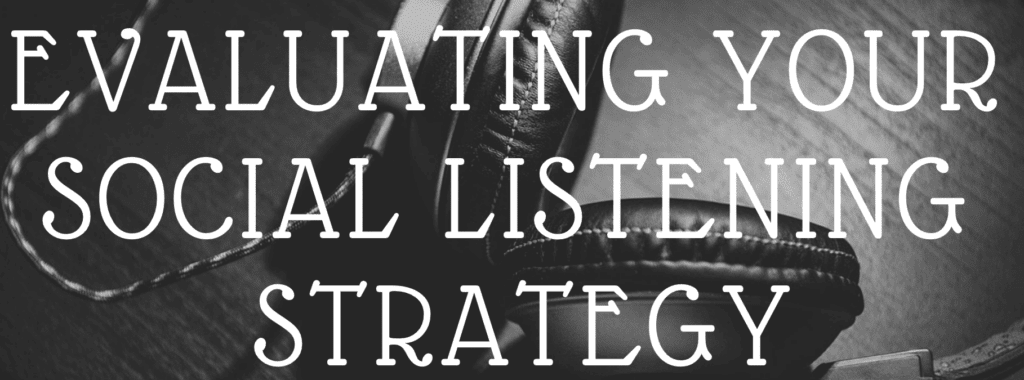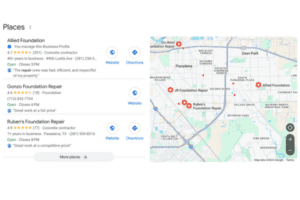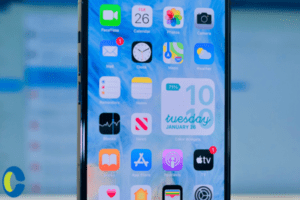We know the importance of having a social listening strategy, but as your business, needs, and brand changes and grows, how can you be sure that your strategy still has everything it needs? Just as important as creating and following your strategy for social listening is learning to periodically evaluate it to make sure it’s as effective as it can be. We’ll take a look on how to not only evaluate your social listening strategy, but also give you a few tips on social listening strategies you may not have considered using. Evaluating progress is an important part of making the most of your social media strategies – for social listening and just about every other aspect of your social media branding.
Make sure you’re using the right tools
The best and easiest way to make sure you’re on track is to make sure you’re using the right tools. Having a solid social media management program is an important aspect of evaluating your social listening strategy. A good social media management platform will automatically pull data from the various social media sites where you have a presence and give you informative data that would be time consuming and tedious to do on your own. When you use a program that is designed to gather data and give you reports, it saves you time. It also give you the ability to access and collect data you might not be able to on your own.
The thing that separates social listening and social monitoring is how you respond. When you’ve gathered the data, the way that you implement and react to it is what turns data into social listening. And to make the right decisions and actions in response to what you find, you’ll need to make sure that you’re getting the best possible data. When you act and make decisions about the future, it’s important to make sure that you’re:
Giving meaning to the data
Having a social media management platform that fits your need is a must. But which reports you run and what you look for is up to you. Knowing what data to examine will affect how well you engage in social listening and will help you make sure your strategy is on track.
So what kinds of analytics should you measure to see how effective your social media strategy is going? Here are some basics:
- Mentions – Look at all the times your brand is mentioned on your various social media platforms and measure the sentiment surrounding them. What percentage of mentions are good, neutral, or bad?
- Location – You can see if your brand is being mentioned by people in a particular area. This information is vital so that you can target future campaigns to people in those areas. Looking at common factors in where your brand is being mentioned will also give you some good insights into your target demographic.
- Reach – Find out how many people know about your brand.
- Share of voice – Find out how many total mentions around your industry focuses on your brand and compare that to your competitors.
- Increased volume – You can see spikes and valleys about how often your brand name comes up. Does it increase around a particular time of the year? Included in this report should be number of shares, likes, retweets, etc to track how often people are interacting with your brand.
- Popular platforms – See which of the various social media platforms you’re on receives the most – and least – engagement from fans. Maybe your audience is extremely active on Snapchat but not at all engaged on Facebook or LinkedIn. Watching where your audience engages with you can let you know where to focus future efforts.
Making sure you have the right tools that give you the best data will help you evaluate how well your strategy is going. It will tell you where you’re excelling, where you pain points are, and give you valuable information about your target audience and their habits that will allow you to respond and engage with them better in the future.
Of course, the important part of social listening strategy is how to enact and respond to the data. Getting reports and gaining understanding because of those reports is all fine and good – but the most important part is how you enact that knowledge. So let’s take a look at some steps you can take to apply the data you learn from your social listening strategy.
Taking action: Responding to your data
The data that you get from your social media management platforms and reports give you valuable insight into your audience and industry. And while you may receive affirmation that you’re doing the right thing, you may also find areas you need to focus more attention on. Or perhaps the data you receive is great, your company is growing, and you find that you want to take your social listening strategy to the next level. Here are some tips to make sure that your social listening strategy is all it can be.
- Cast a wider net – It can be easy to focus only on the major social media platforms you’re already on. But it’s a great idea to periodically run searches (manually or using Google analytics) on platforms you’re not on or platforms that are a little smaller to find untapped audience bases. Use industry keywords surrounding to your brand to find new audiences and see what kinds of conversations are happening on smaller platforms, such as Snapchat, Tumblr, or even Reddit. Sometimes using social listening techniques in places where you don’t have a presence can give you better understanding about your industry or niche.
- Be responsive – Part of social listening is to make sure you’re engaged with your audience. Make sure you’re performing frequent checks on how responsive your brand is on social media – including private messages, comments, and reviews. Check out your brand’s presence on Google and Yelp and make sure part of your social listening strategy is responding to customer reviews.
- Engage in conversations – Engaging in conversations – as opposed to simply responding to comments or just listening to customers – is a great way to build your reputation in your community and build relationships with peers, colleagues, customers, and influencers. It’s great practice to ask a follow up question when responding to comments. Even if a customer leaves a positive comment, asking a follow up question such as “Thanks for the love! What are your favorite spooky books to read?” or “I’m glad you liked the article! What strategies do you use when finding a new workout routine?” helps show your interest in your audience and gives you the opportunity to converse with your fans.
These are a few of the many ways you can apply what you’ve learned from your social listening data. The key to success here is frequent evaluation and making sure that you’re doing everything you can to listen socially and reach your target audience. Evaluating whether or not your strategy is on track is important – but equally important is actually applying what you’ve learned from your data.















